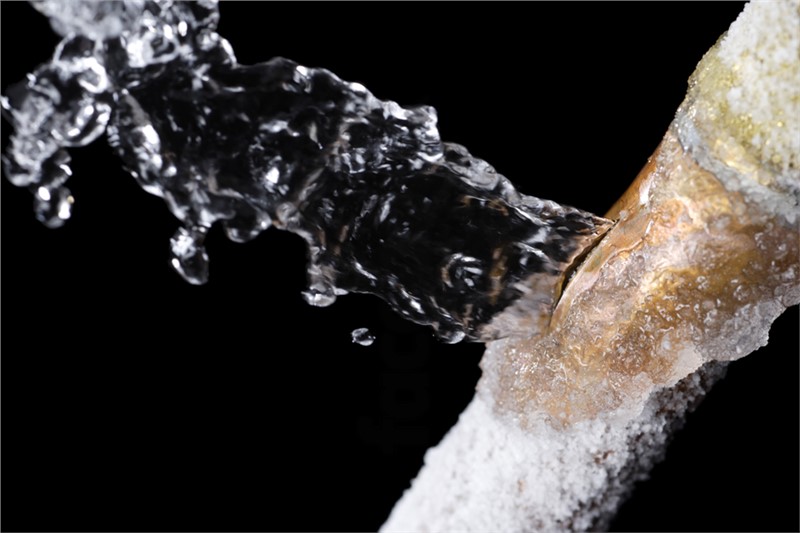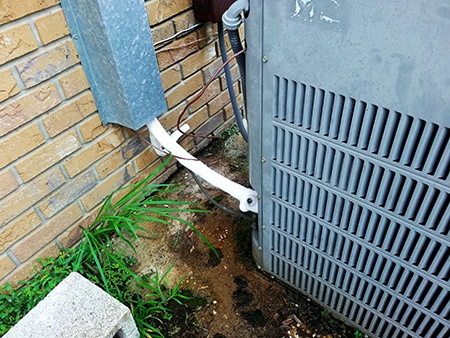What to I Do If My AC Pipe Is Frozen? - Essential Tips for Fixing Functionality
Try HereJust about every person seems to have their unique assumption on the subject of Air Conditioner Frozen? How To Fix your Frozen AC Line.

Introduction
Discovering that your a/c pipeline is frozen can be concerning, particularly during warm summer season when you count on your air conditioner one of the most. Understanding what to do in such a scenario is critical to prevent more damage to your cooling system and guarantee your convenience inside your home.
Understanding the Causes
Several factors can contribute to the cold of an a/c pipeline. Comprehending these causes can assist you resolve the concern effectively.
Absence of Airflow
One common reason for an icy a/c pipeline is inadequate airflow. When the air movement over the evaporator coil is restricted, it can trigger the coil to drop below freezing temperature level, bring about ice formation on the pipe.
Reduced Refrigerant Levels
Inadequate cooling agent degrees in your air conditioning system can likewise cause a frozen pipeline. Low cooling agent levels can trigger the stress in the system to go down, resulting in the freezing of dampness on the evaporator coil.
Winter Conditions
In chillier environments, freezing temperatures outside can add to the freezing of air conditioning pipelines. If your air conditioning unit is not correctly insulated or if there are leakages in the ductwork, cold air can penetrate the system, triggering the pipeline to ice up.
Dirty Air Filters
Filthy or stopped up air filters can restrict air flow in your a/c system, leading to various issues, including a frozen pipe. It's essential to replace or clean your air filters routinely to ensure correct airflow and prevent ice buildup.
Indications of a Frozen A/c Pipe
Acknowledging the indications of an icy a/c pipe is important for timely activity.
Decreased Airflow
If you notice a considerable decrease in air movement from your vents, it can indicate a frozen pipe.
Ice Buildup on the Pipe
Visible ice build-up on the refrigerant line or the evaporator coil is a clear indicator of a frozen AC pipeline.
Weird Sounds from the Unit
Unusual audios, such as hissing or gurgling, originating from your air conditioning device can signal that there's ice present on the pipeline.
Immediate Actions to Take
When faced with an icy air conditioning pipeline, it's necessary to act swiftly to stop additional damages to your air conditioning system.
Shutting off the AC
The very first step is to turn off your ac system to stop the system from running and intensifying the issue.
Looking for Blockages
Evaluate the location around the interior device for any type of obstructions that may be obstructing air movement, such as furniture or curtains.
Thawing the Pipe
You can make use of gentle methods like placing towels soaked in warm water around the frozen pipe to assist thaw it gradually.
Preventive Measures
Taking preventive measures can help stay clear of future events of a frozen a/c pipeline.
Normal Maintenance Checks
Schedule routine upkeep consult a professional HVAC service technician to make sure that your air conditioning system is running successfully.
Transforming Air Filters
Routinely replace or clean your air filters to stop airflow constraints and preserve optimum efficiency.
Insulating Exposed Pipes
If your air conditioning pipelines are revealed to cool temperatures, think about insulating them to stop cold throughout winter season.
Looking For Professional Help
If DIY methods fall short to deal with the problem or if you're uncertain about just how to proceed, it's best to look for support from a qualified HVAC service technician.
When DIY Methods Fail
If your efforts to thaw the pipe or address various other concerns are unsuccessful, it's time to call in a professional.
Significance of Hiring a Professional HVAC Technician
A licensed HVAC specialist has the know-how and tools required to diagnose and fix problems with your a/c system safely and successfully.
Verdict
Managing an icy AC pipeline can be a frustrating experience, however understanding exactly how to respond can assist reduce damage and recover convenience to your home. By recognizing the reasons, acknowledging the indicators, and taking prompt activity, you can efficiently address the problem and avoid future events.
What to Do If Your AC Line Is Frozen
Make Sure All Supply and Return Air Vents Are Open
If you notice problems with airflow, the first thing you should do is check your supply and return vents. Supply vents distribute clean, conditioned air throughout your home. As this air becomes stale, it’s pulled into the return vent, where it’s reconditioned before being sent back out through the supply vent.
When these vents are closed, air won’t flow in the home. Before examining your AC, check the vents in every room and ensure they’re all open.
Check for a Dirty Air Filter
Another possible cause of limited airflow is a dirty air filter. Your air conditioner’s filters catch elements you don’t want to breathe in, such as dirt and dust. Over time, filters can become clogged, ultimately blocking air from flowing in and out. The lack of airflow can then cause the entire coil to freeze and will completely restrict any air from moving through it. The AC may need to be powered off for one to two days to allow the coil to thaw after replacing the filter to allow proper functioning of the unit. This debris can also accumulate on your AC’s evaporator coil, requiring a more serious repair. In general, air filters should be cleaned regularly (about every two weeks).
Assess Your Outdoor Unit
In addition to checking your AC, assessing the outdoor unit is a good idea. Also known as the condensing unit, it works with your interior unit to release heat outside. An issue with the outdoor unit can result in rising internal temperatures.
Overgrown Shrubs or Clogged Leaves
From leaves and twigs to shrubs and debris, there’s no shortage of outdoor elements that can accumulate around your condensing unit. When these elements get lodged inside the unit, they can block airflow. Fortunately, removing the blockage can solve the problem.
Sounds of a Broken Fan
Shrubs and leaves aren’t the only things that can impede your outdoor unit’s airflow. If the fan is broken, the unit won’t be able to properly get rid of heat — which means the internal temperature won’t go down. First, make sure the fan is spinning. If it is, check for the following sounds of a broken fan:
Buzzing Rattling Screeching Hissing Clicking Preventative Measures
Nobody wants to deal with a frozen AC line. In addition to causing problems with your air conditioner, they require professional repairs. On the bright side, there are preventative measures you can take to help ensure this issue doesn’t arise in the first place.
https://www.coopergreenteam.com/blog/what-to-do-if-ac-line-frozen

As a serious reader on Air Conditioner Frozen? How To Fix your Frozen AC Line, I figured sharing that piece of writing was a smart idea. Sharing is nice. You won't know, you will be doing someone a favor. I appreciate reading our article about How can I fix an air conditioner’s frozen pipe?.
Find Out More